When understanding the effects of sea ice melting it is important to know what is causing the sea ice to melt. Iceberg calving is the breaking of ice usually in chunks at the edge of the glacier.
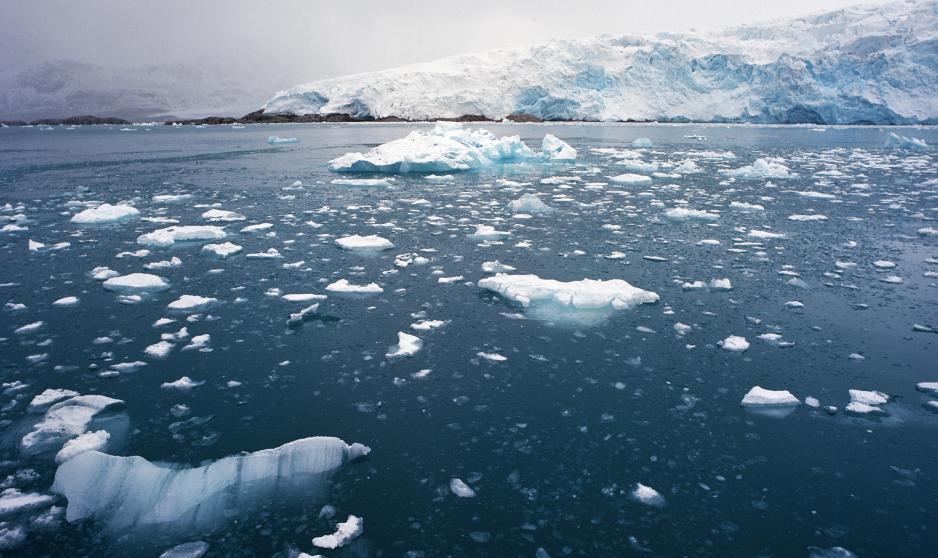 Unprecedented Lack Of Refreeze Across Arctic As Ice Continues To Melt
Unprecedented Lack Of Refreeze Across Arctic As Ice Continues To Melt
About Press Copyright Contact us Creators Advertise Developers Terms Privacy Policy Safety How YouTube works Test new features Press Copyright Contact us Creators.
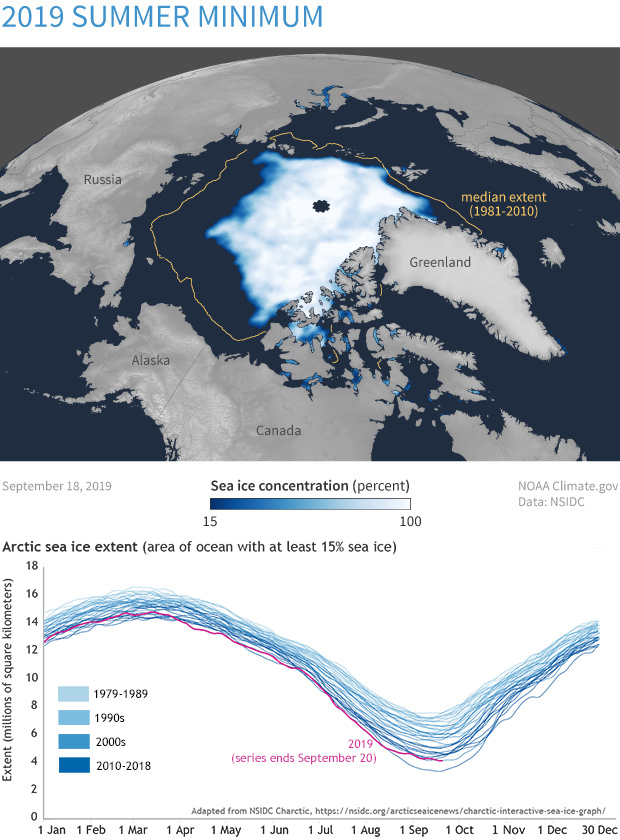
Sea ice melting. Arctic Sea Ice Minimum. And when ice on land melts and water runs into the ocean sea level rises. ANTARCTICA SEA ICE MELT SEASON.
In the latter case the ice has a well-defined melting temperature 0C at. This graph shows the average monthly Arctic sea ice extent each September since 1979 derived from satellite observations. Snow ice sheets glaciers sea ice and permafrost known as the cryosphere act as Earths thermostat and freezer regulating temperatures by reflecting heat from the Sun and storing almost two-thirds of our fresh water.
Because of the slow process of heat diffusion in water the worlds oceans are likely to continue to warm for several centuries in response to increases in greenhouse concentrations that have taken place so far. Adélies living on the Antarctic peninsula and islands in the Antarctic where sea ice is already sparse are known to fare worse in such conditions something Watanabe said was likely down to. Ice melt and sea level rise A warming climate holds important implications for other aspects of the global environment.
For the most part sea ice expands during winter months and melts during summer months but in certain regions some sea ice remains year-round. So when the ocean warms sea level rises. A large fraction of the Earths fresh water is frozen.
As the ice melts it exposes ocean water to. It is different from icebergs glaciers ice sheets and ice shelves which originate on land. Below we have a graphic that shows the latest conditions of the global sea ice which includes the Antarctic.
Arctic sea ice tends to form in September and increases in extent during the winter months reaching a maximum in March. AjaiWhen sea ice melts polar bears dont have a place to give birth and hunt but how do we help. The Antarctic sea ice extent is actually running well above average almost bringing the global sea ice values to normal levels.
Thereafter as temperatures rise the ice melts. One of the causes to sea ice melting is iceberg calving. Hubbard is the co-author of a study in Nature Geoscience examining this counter-intuitive climatic paradox.
It freezes grows declines and melts in the ocean where for most of the year it is usually covered with snow. Sea ice is frozen water that forms expands and melts in the ocean. The melting of sea ice is a much more complex process than the melting of freshwater ice.
For thousands of years sea level has remained. NASA continuously measures the weight of glaciers. The sea ice is melting because we produce things like carbon dioxide into the air it warms up the temperature which causes sea ice to melt which floods various habitats.
MIT scientists suggest sea ice extent in the Southern Ocean may increase with glacial melting in Antarctica. Sea ice forms and melts strictly in the ocean whereas glaciers are formed on land. Arctic sea ice reaches its minimum each September.
NASAGoddard Space Flight Center. This image shows a view of the Earth on September 21 2005 with the full Antarctic region visible. Sea ice also plays a fundamental role in polar ecosystems.
Though sea ice loss doesnt contribute directly to sea level rise it does have a strong and indirect influence. Sea and Land Ice Melt Ice is found all around our planet from the highest peak in Africa to the icy North and South Poles. Melting Arctic sea ice supplied 88 of the fresh snow.
It found the rate of ice loss has increased by 65 between 1994 and 2017 with Antarctica and Greenland worst affected. We need to do something about it. Its stored in glaciers all around the world and in both the Greenland and Antarctic ice sheetsWhen this ice melts or calves off the water flows into the oceans and sea levels riseIf all glaciers and ice sheets melted global sea level would rise by more than 195 feet 60 meters.
Ice melt over the past three decades has steadily increased according to a new study. Also important is the global sea ice not just in the Arctic. When ice is exposed to heat it melts.
When glaciers melt because that water is stored on land the runoff significantly increases the amount of. When the ice melts in the summer it releases nutrients into the water stimulating the growth of phytoplankton the center of the marine food web. September Arctic sea ice is now declining at a rate of 131 percent per decade relative to the 1981 to 2010 average.
These causes include iceberg calving burning of fossil fuels and global warming. Icebergs are chunks of glacial ice that break off glaciers and fall into the ocean.
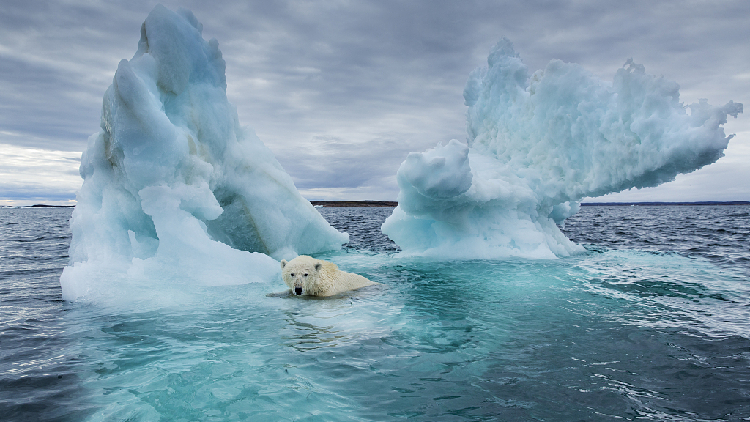 Arctic Sea Ice Melting Faster Than Forecast Cgtn
Arctic Sea Ice Melting Faster Than Forecast Cgtn
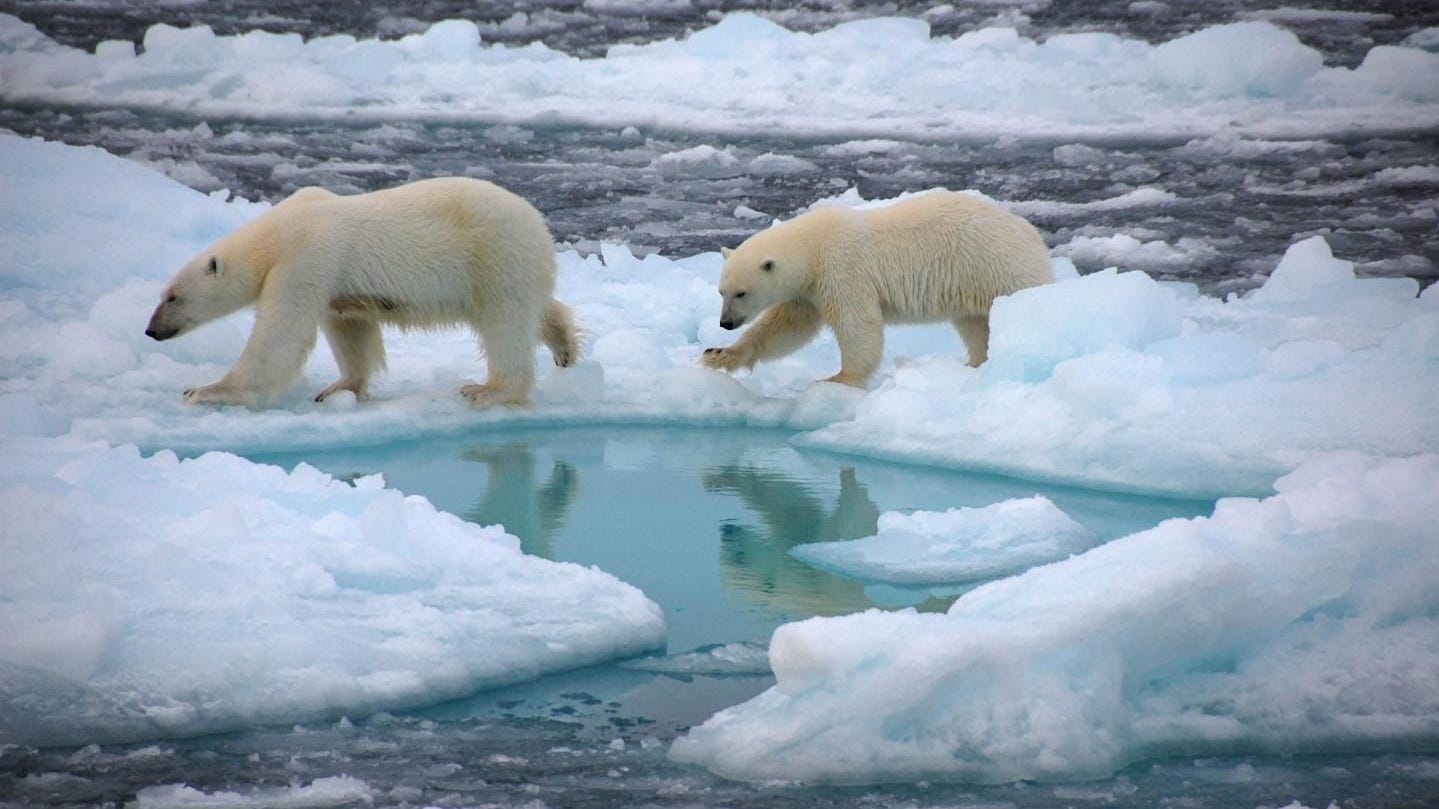 Global Warming Summer Arctic Sea Ice Will Be Gone By 2050
Global Warming Summer Arctic Sea Ice Will Be Gone By 2050
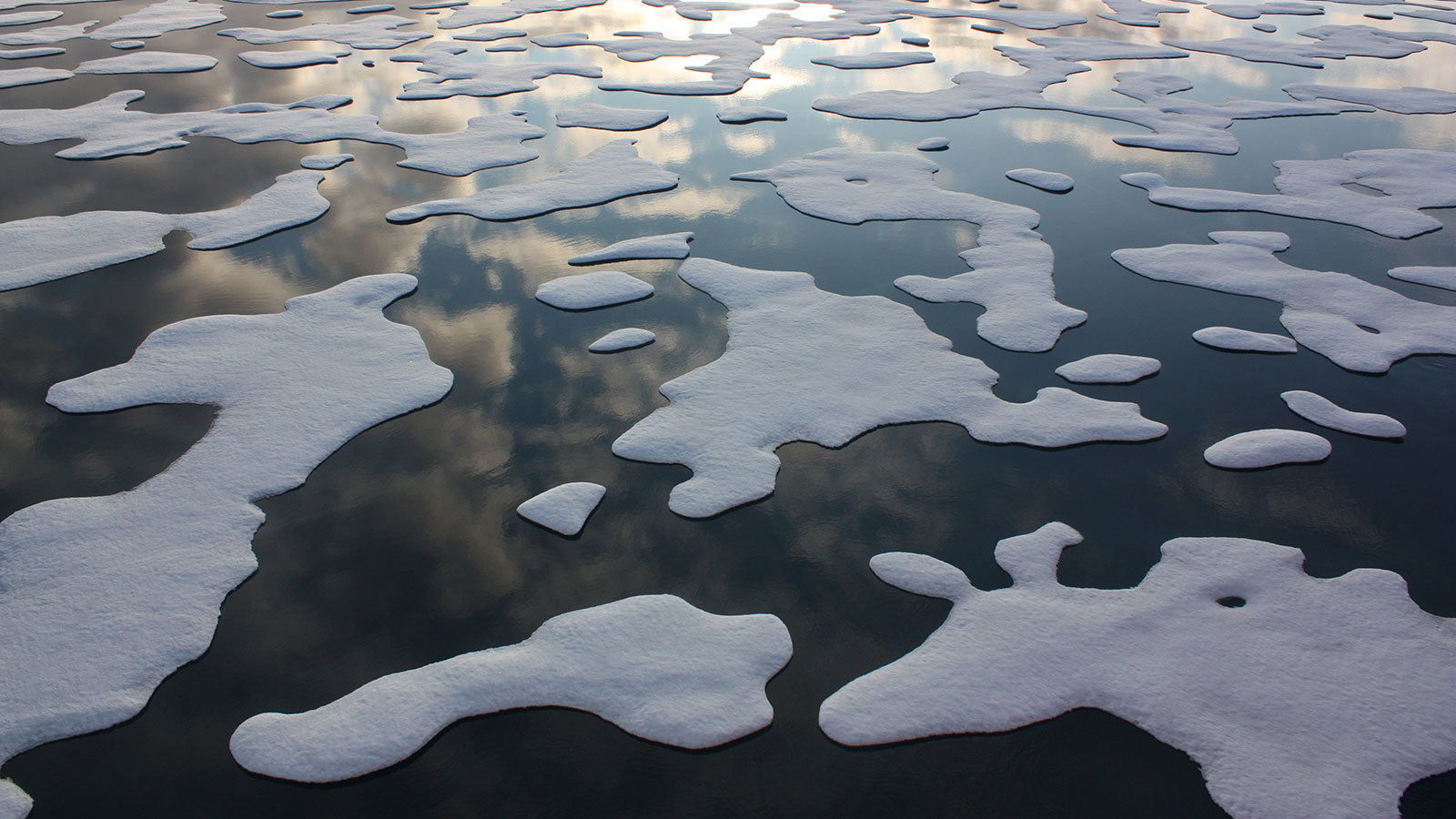 Arctic Ice Melt Is Changing Ocean Currents Climate Change Vital Signs Of The Planet
Arctic Ice Melt Is Changing Ocean Currents Climate Change Vital Signs Of The Planet
 Greenland S Oldest And Thickest Sea Ice Is Melting Twice As Fast As Other Ice Mapped
Greenland S Oldest And Thickest Sea Ice Is Melting Twice As Fast As Other Ice Mapped
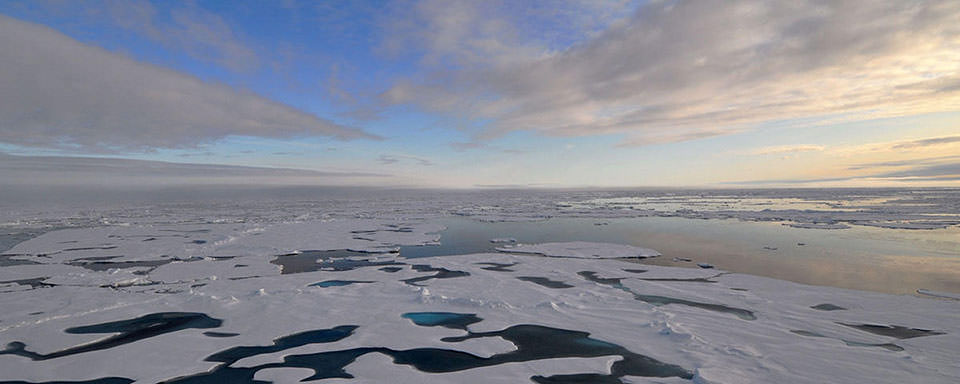 How Does Sea Ice Affect Global Climate
How Does Sea Ice Affect Global Climate
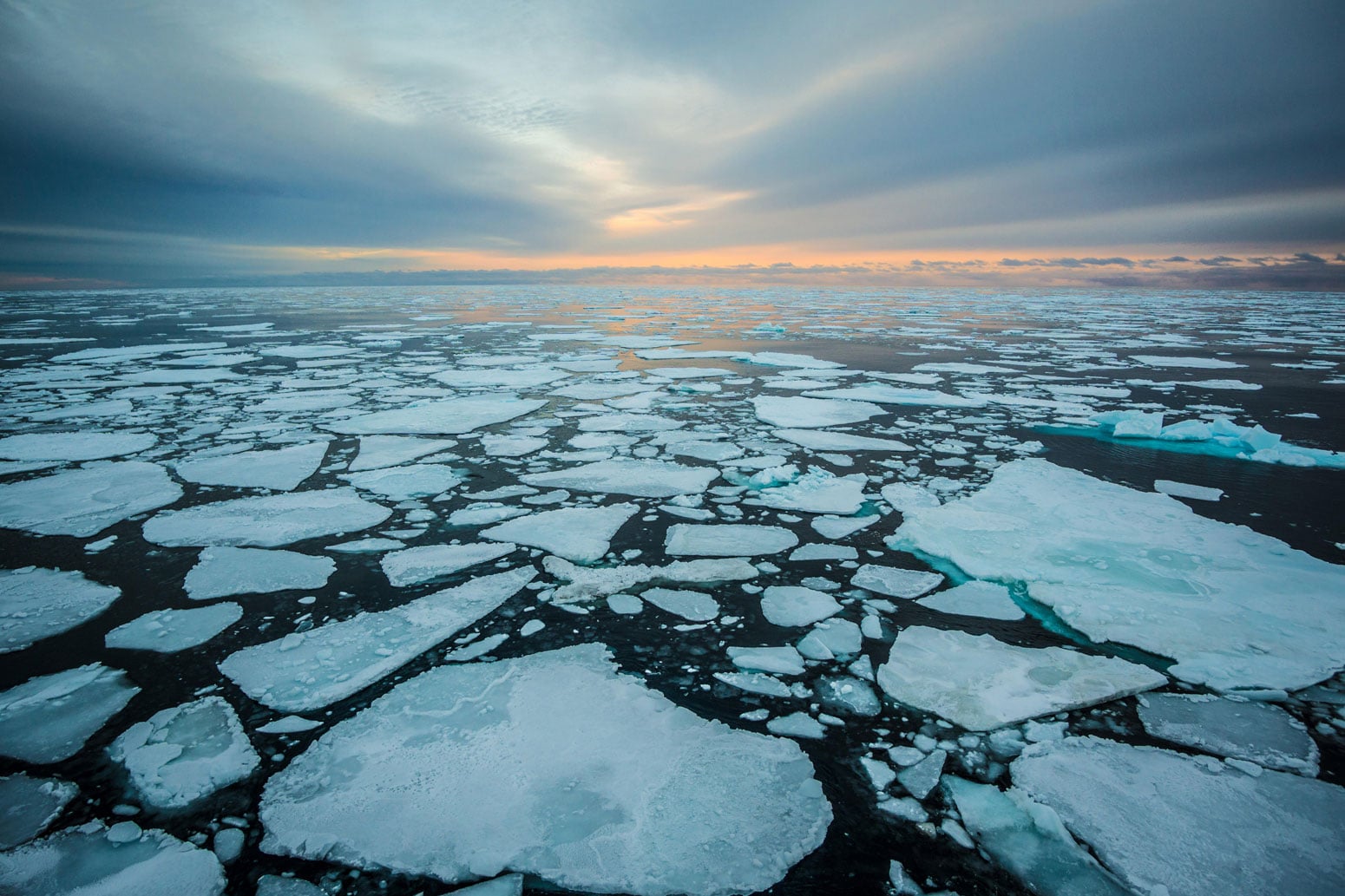 Arctic Sea Ice Is Melting Faster Than Ever Tech Explorist
Arctic Sea Ice Is Melting Faster Than Ever Tech Explorist
 Study Reveals How Arctic Ocean Drives Ice Melt
Study Reveals How Arctic Ocean Drives Ice Melt
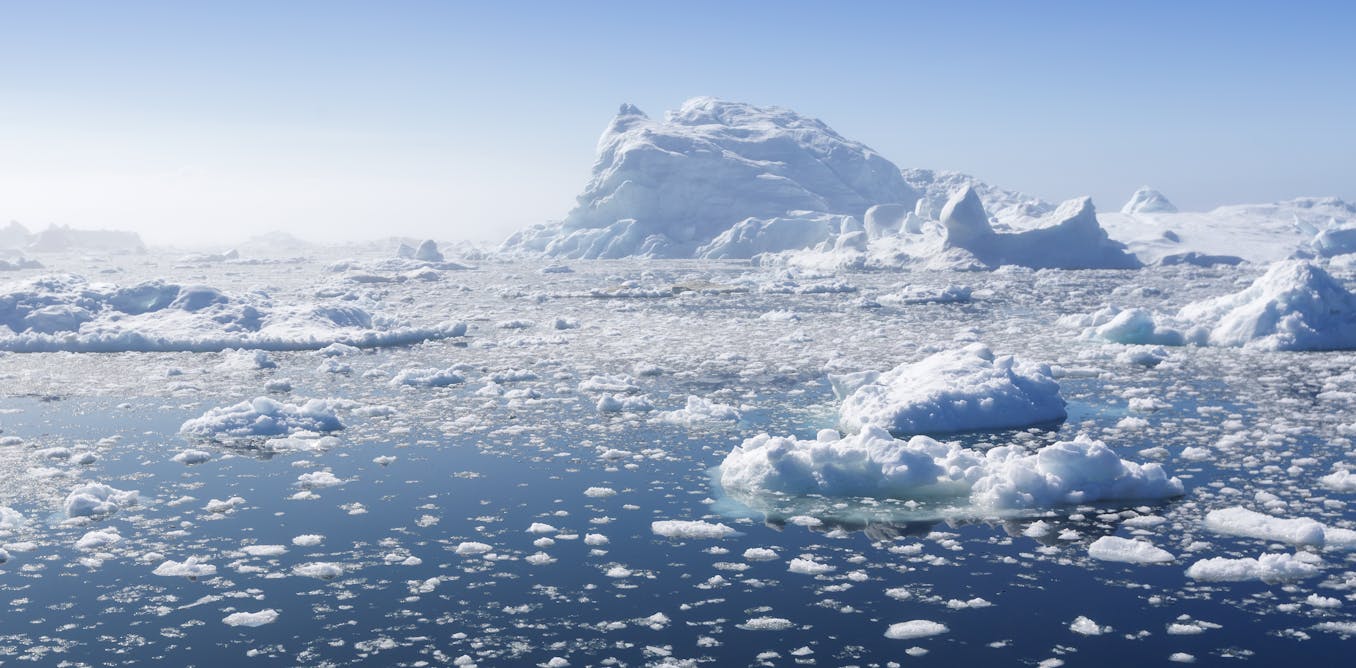 Arctic Sea Ice Is Being Increasingly Melted From Below By Warming Atlantic Water
Arctic Sea Ice Is Being Increasingly Melted From Below By Warming Atlantic Water
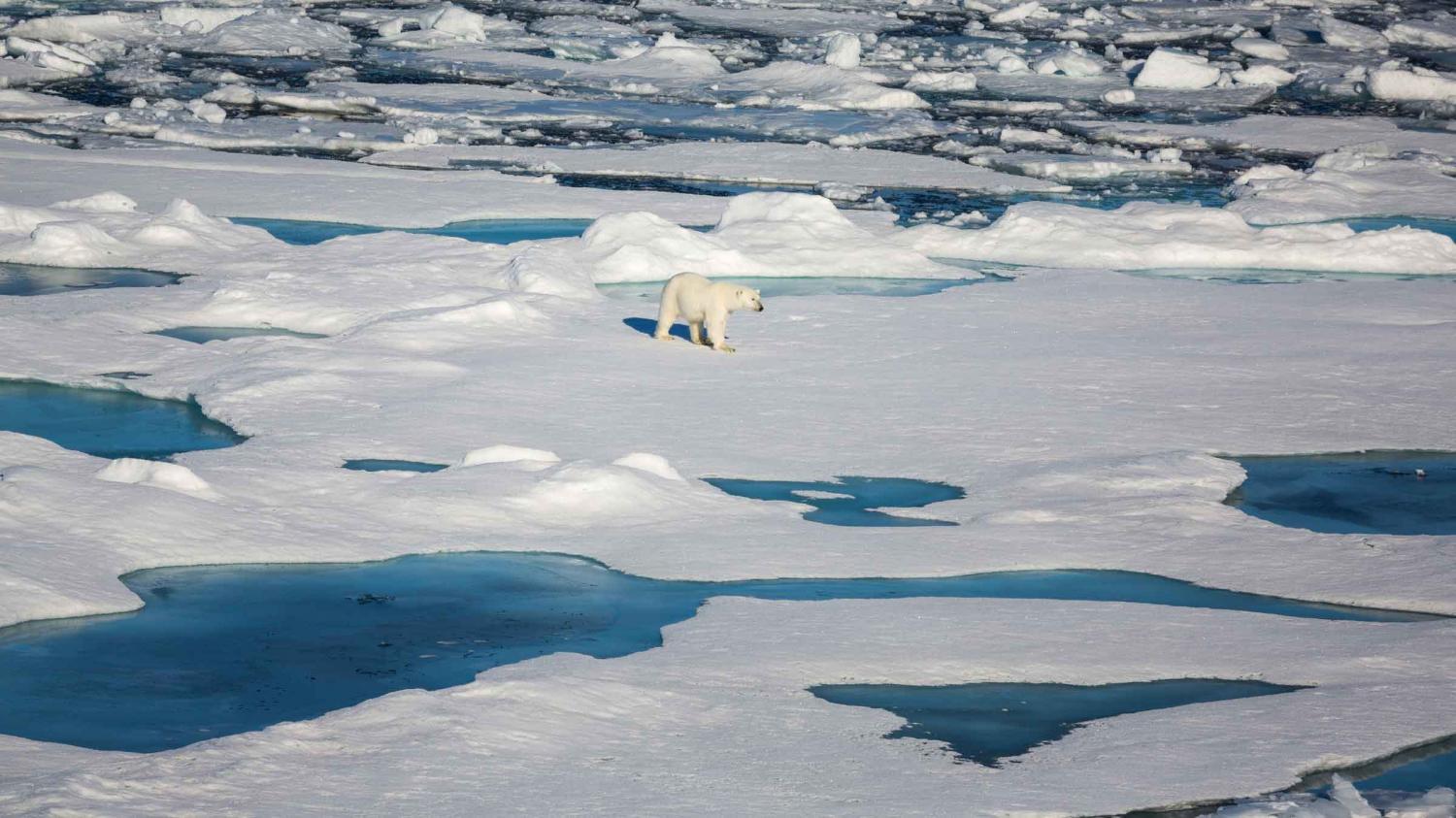 Arctic Sea Ice Once Again Shows Considerable Melting
Arctic Sea Ice Once Again Shows Considerable Melting
 Arctic Ice Isn T Doomed Yet Here S How To Save It
Arctic Ice Isn T Doomed Yet Here S How To Save It
 How Much Arctic Ice Have You Melted Geospatial World
How Much Arctic Ice Have You Melted Geospatial World
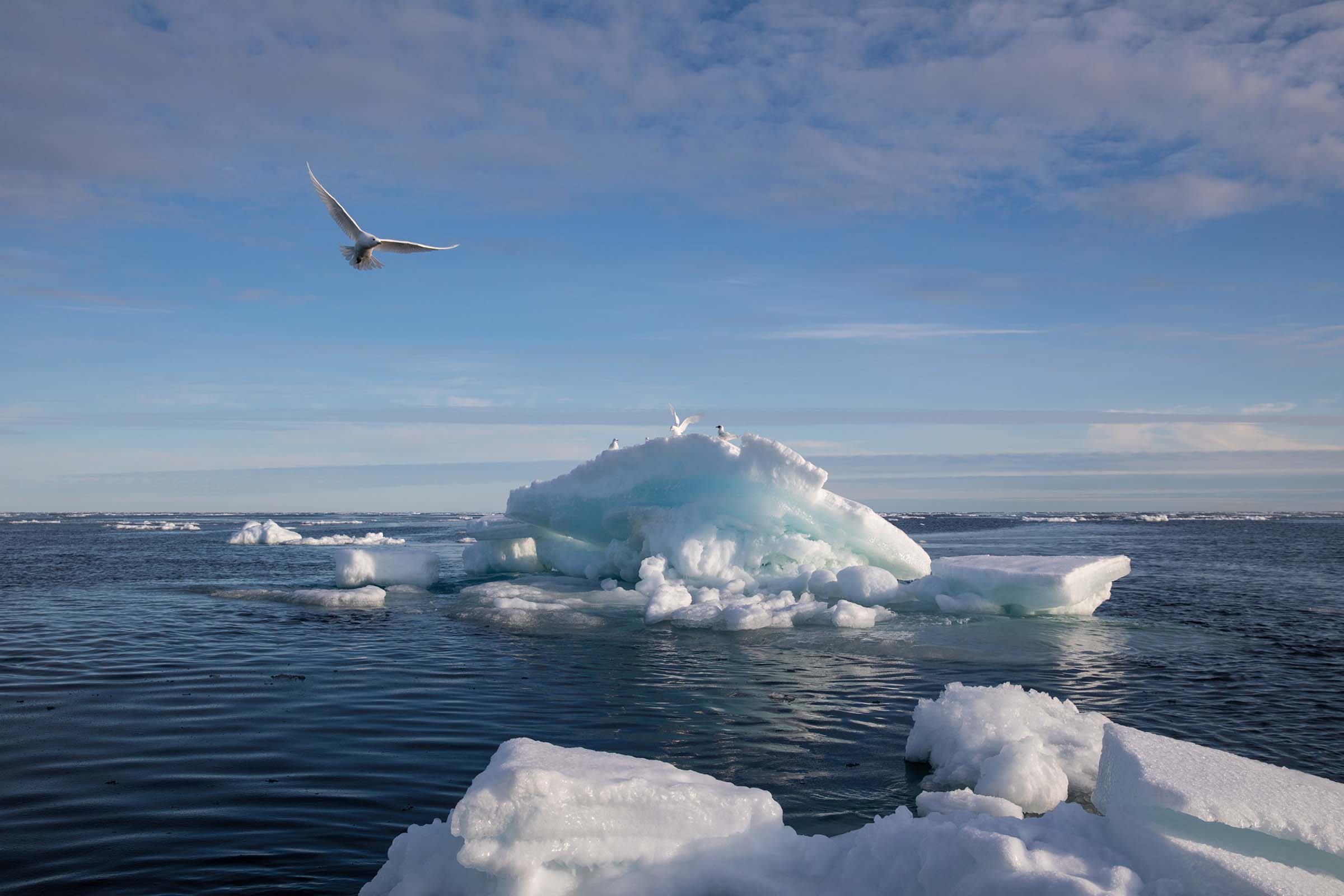 Arctic Sea Ice Shrinks To Second Lowest Level On Record Time
Arctic Sea Ice Shrinks To Second Lowest Level On Record Time
 Climate Change Arctic Sea Ice Noaa Climate Gov
Climate Change Arctic Sea Ice Noaa Climate Gov
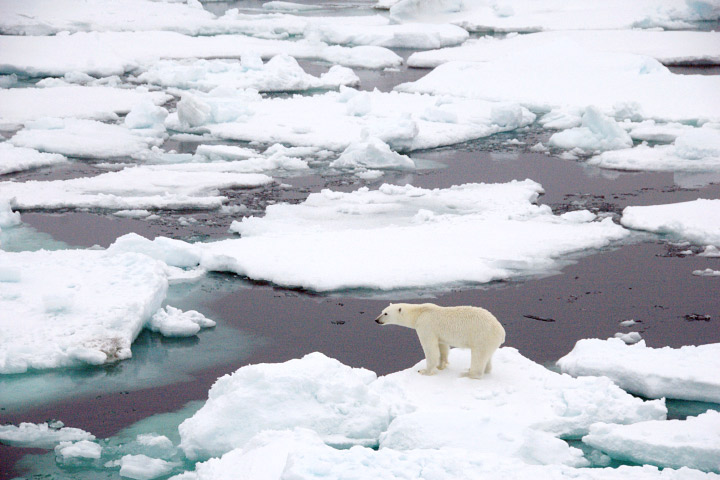
No comments:
Post a Comment
Note: Only a member of this blog may post a comment.